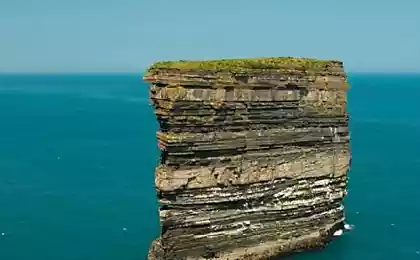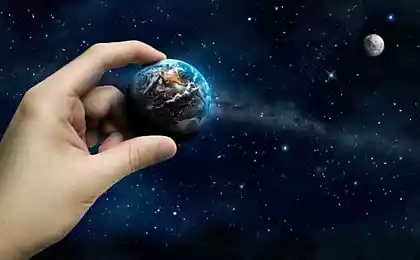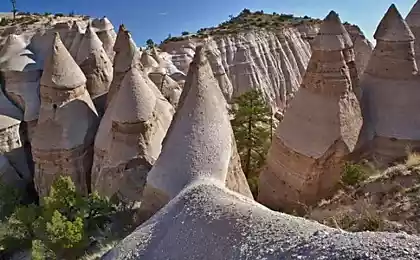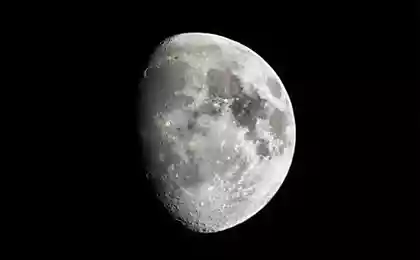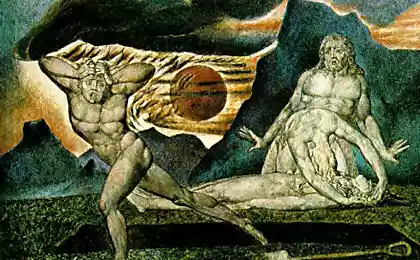1222
Life on earth could bring space rocks
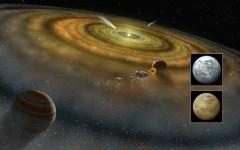
A new computer model predicts there is a high probability that planetary systems are exchanged organisms using rocks rocky
If microorganisms are able to survive the journey through space on a meteoric bodies, how could life on Earth be transferred to the planets in other star systems, or vice versa? A new study suggests that this possibility is more likely than scientists previously thought.
Using computer simulations, researchers from Princeton University, the University of Arizona and the Center for Astrobiology in Spain came to the conclusion that the Earth may have "exchanged" rocks rocky planets in other planetary systems millions of times in the era of youth solar system.
Several billion years ago, the Sun planetary system in its stellar group subjected to heavy bombardment, says study co-author - an astrophysicist at the Center for Astrobiology Amaya Moro-Martin.
Scientists have previously considered the possibility that meteorites could leave our solar system and go to the planets of other systems, but they came to the conclusion that such a possibility is extremely low because of the speed involved in the objects.
"All were in agreement with the assumption that craggy rocks are pushed out very quickly - so quickly that they could not be" picked up "the next star, given that they flew in a straight path," - says study leader Edward Belbruno, a mathematician at Princeton .
Space rocks, creeping to the stars
Belbruno and his colleagues reviewed the new script - the process of moving rocks at low speeds, called "weak movement».
If they were moving at a much slower speeds, about 100 meters (330 feet) per second, the researchers found a strong case for litopanspermii - the idea that the biological material can be spread through the universe through the particles planetary rocks, which appear as a result of collisions and other events and drifting in outer space.
"Our idea is that craggy rocks moving slowly. They leave Earth and how to sneak on to the next star on the course, "- said Belbruno, who proved the principle of weak movement in 1991 in a joint research with Japanese scientists.
In his youth, the solar system was still part of the stellar cluster. Stars in it were located close to each other and moving very slowly relative to each other. Cluster disintegrated within a huge number of years, but before that happened, as suggested by the study, there was a moment litopanspermii.
Life came to Earth from other planets?
The fact that within our solar system rocky breeds a lot of traveling, it is obvious that many meteorites found on Earth come from Mars, some - from the moon. But this new model raises the possibility that a large number of rocky objects are moved between different planetary systems within the stellar group.
According to the scenario of a weak move, 12 of 10,000 rocks, which have been pushed out of our solar system, have been "captured" another star system. Earlier simulations suggest the probability of "one in a million».
The new model also confirms that there is a likelihood that the craggy rocks, carrying organisms, may under certain circumstances be the source of the origin of life.
Certainly such organisms such as bacterial spores should survive were voyage hazards. "Things like ultraviolet radiation and cosmic rays, in most cases, would have killed poor devils" - says Moro-Martin.
The more rocky object, the greater the likelihood that some forms of life might be long enough to hide from external influence to survive an interstellar journey, she said. Although life on Earth, as is commonly believed, occurred here, the concept of what it may have been moved from another planet during a weak move, opens an intriguing and unusual for our understanding of the script.
"Maybe life was brought to Earth from distant planetary systems - says Moro-Martin. - A mechanism that demonstrates our model provides a basis for reflection ».
The study, published in the journal Astrobiology, was presented this week at the European planetary science congress in Madrid.
